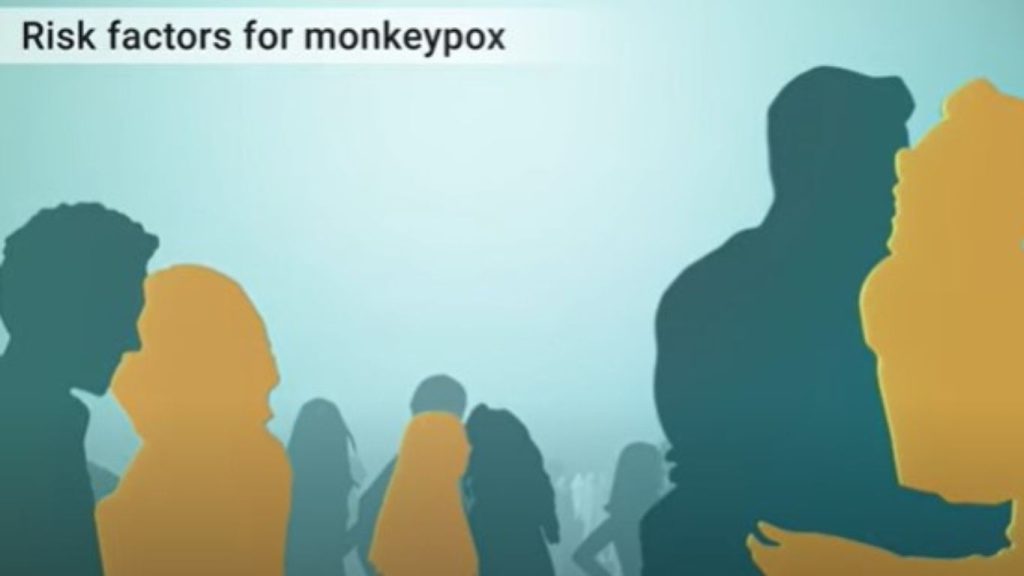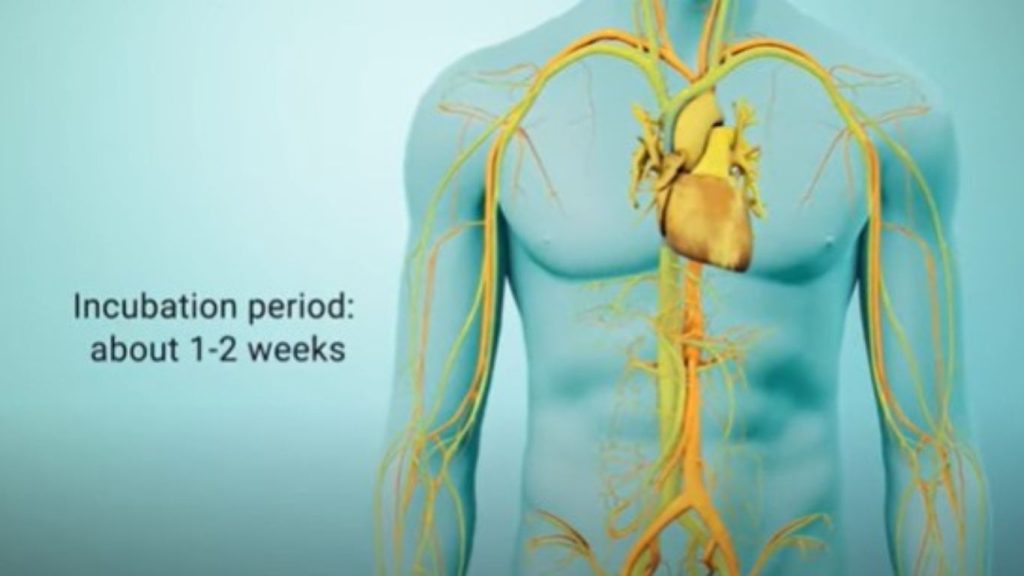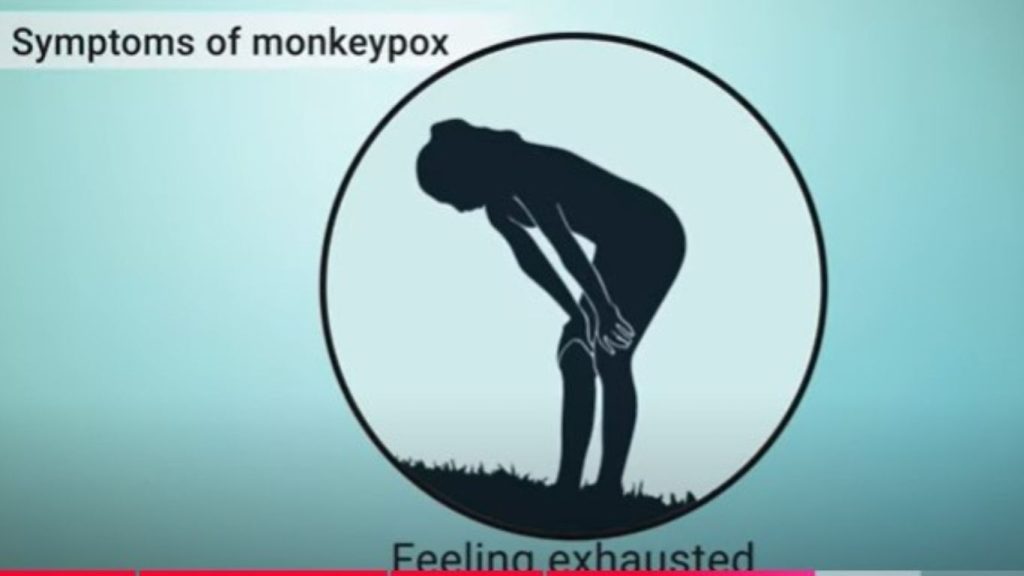As an Amazon Associate ,I earn from qualifying purchase .
Monkeypox, scientifically termed mpox, is a rare but increasingly recognized zoonotic disease caused by the monkeypox virus, which belongs to the Orthopoxvirus genus. Although previously endemic to certain regions in Central and West Africa, mpox has recently spread globally, raising concerns about its symptoms, transmission, and prevention. Understanding the first symptoms of monkeypox and how it progresses is essential for early diagnosis and effective treatment.

This article delves into the causes, symptoms, treatment options, and preventive measures for monkeypox while answering pressing questions such as:
- What is the cause of mpox disease?
- How do you get monkeypox?
- Monkeypox treatment options
- How to prevent monkeypox?
- What is the skin treatment for monkeypox?
What Is the Cause of Mpox Disease?
The monkeypox virus, an Orthopoxvirus, is closely related to the virus responsible for smallpox (variola virus). The disease is typically transmitted to humans through:
- Direct contact with infected animals: Wild animals such as rodents and non-human primates are common reservoirs. Consumption of undercooked meat from infected animals can also cause transmission.
- Person-to-person transmission: This occurs via respiratory droplets, bodily fluids, or direct contact with mpox lesions.
- Contaminated surfaces or materials: Using objects that have been in contact with an infected individual, such as bedding or clothing, can lead to infection.

What Are the First Symptoms of Monkeypox?
The early symptoms of monkeypox closely resemble those of other viral illnesses, making early diagnosis challenging.
Incubation Period
- The incubation period typically lasts 6 to 13 days but can extend to 5 to 21 days.
- During this phase, the virus replicates within the body without causing noticeable symptoms.
Early Symptoms (Prodromal Stage)
The first symptoms are systemic and resemble those of flu-like illnesses:
- Fever: One of the hallmark early symptoms, often ranging from mild to high-grade.
- Headache: Persistent and severe headaches are common during the prodromal phase.
- Swollen lymph nodes: Unlike smallpox, monkeypox is characterized by lymphadenopathy, which is swelling of lymph nodes, particularly in the neck, armpits, or groin.
- Muscle aches and fatigue: Myalgia (muscle pain) and an overall sense of fatigue are prominent.
- Chills and sweats: Patients often experience episodes of chills, which might alternate with sweating.

What Are the Skin Symptoms of Monkeypox?
Rash Development
After the prodromal phase, a characteristic rash appears, which progresses through distinct stages:
- Macules: Flat, discolored spots on the skin.
- Papules: Raised, firm bumps.
- Vesicles: Fluid-filled blisters that are highly contagious.
- Pustules: Blisters become filled with pus, causing them to appear yellow or whitish.
- Scabs: The pustules dry up, forming crusts that eventually fall off, often leaving scars.
- The rash typically begins on the face before spreading to other parts of the body, including the palms, soles, and genital region.

Localized Skin Symptoms
- In some cases, the rash may be localized to one area, such as the genital or peri-anal region.
- Pain and itching around the rash may develop, especially if secondary infections occur.
How Do You Get Monkeypox?
Monkeypox spreads through:
- Human-to-human transmission: Prolonged close contact with an infected person’s respiratory secretions, skin lesions, or bodily fluids.
- Animal-to-human transmission: Handling infected animals or consuming contaminated meat.
- Fomites: Indirect transmission through contaminated objects, such as bedding or clothing.
Risk Factors for Transmission
- Living in or traveling to areas with active outbreaks.
- Close physical contact, including sexual contact, with an infected individual.
- Healthcare workers handling infected patients without proper protective equipment (PPE).

Complications of Monkeypox Symptoms
If untreated, monkeypox can lead to severe complications:
- Secondary bacterial infections: Skin lesions can become infected, leading to cellulitis or abscess formation.
- Pneumonia: Respiratory symptoms can worsen into serious pulmonary infections.
- Sepsis: A systemic inflammatory response to infection that can become life-threatening.
- Corneal infections: Lesions around the eyes may lead to scarring and, in severe cases, blindness.
- Neurological complications: Rare cases report encephalitis or brain inflammation.
Monkeypox Treatment Activities
While monkeypox is generally self-limiting and resolves within 2–4 weeks, certain cases, especially among immunocompromised individuals, require active treatment. Monkeypox treatment activities can be categorized into supportive care, antiviral therapies, and preventive measures.

1. Supportive Care
Supportive care focuses on managing symptoms to ensure patient comfort and minimize complications:
- Fever and Pain Management:
- Medications: Use antipyretics (e.g., paracetamol) to reduce fever and analgesics (e.g., ibuprofen) for muscle aches and pain from skin lesions.
- Hydration: Encourage adequate fluid intake or intravenous hydration for severely ill patients.
- Skin Lesion Care:
- Gently clean lesions with antiseptic solutions to prevent secondary bacterial infections.
- Apply moisturizing creams to reduce dryness and discomfort.
- Avoid scratching to prevent scarring and further infection.
- Nutritional Support: A balanced diet helps strengthen the immune system.
2. Antiviral Therapies
Antiviral drugs can shorten the disease duration and reduce the severity of symptoms, particularly in severe cases.
- Tecovirimat (TPOXX):
- Approved for treating monkeypox in many regions, it inhibits viral replication and hastens recovery.
- Administered orally or intravenously, depending on patient severity.
- Brincidofovir (Tembexa):
- Effective in combating Orthopoxvirus infections, it is recommended for patients who cannot tolerate Tecovirimat.
- Cidofovir:
- Primarily used in severe cases when other antivirals are unavailable.
Note: Antiviral use is typically reserved for high-risk groups, including immunocompromised patients, pregnant women, and individuals with severe symptoms.

3. Skin Treatments for Monkeypox
Skin symptoms require targeted care to prevent complications such as scarring or secondary bacterial infections.
- Topical Antiseptics:
- Use povidone-iodine or chlorhexidine solutions to clean lesions.
- Antibiotic Creams:
- Apply mupirocin or fusidic acid ointments for secondary bacterial infections.
- Soothing Agents:
- Calamine lotion or aloe vera gel helps soothe itching and irritation.
- Healing Enhancers:
- Natural remedies like honey-based products promote faster wound healing.
4. Preventive Measures During Treatment
Prevention remains a cornerstone of managing monkeypox outbreaks. Patients under treatment must follow strict isolation and hygiene protocols.
- Isolation:
- Infected individuals should remain isolated until all scabs have fallen off and new skin has formed.
- Personal Hygiene:
- Regularly wash hands with soap and water.
- Use disposable gloves when touching skin lesions.
- Disinfection:
- Clean contaminated surfaces and objects with disinfectants containing bleach or alcohol.

5. Treating Severe Complications
In some cases, monkeypox can lead to life-threatening complications, necessitating advanced medical intervention:
- Secondary Infections: Treat with systemic antibiotics based on culture and sensitivity tests.
- Respiratory Distress or Pneumonia: Provide oxygen therapy or mechanical ventilation as needed.
- Sepsis: Manage with intravenous fluids, broad-spectrum antibiotics, and vasopressors in intensive care settings.
- Eye Infections: Use antiviral eye drops or consult an ophthalmologist if lesions occur near the eyes.
Vaccination and Post-Exposure Prophylaxis
Vaccines for High-Risk Populations
Vaccination is an essential preventive measure for individuals exposed to the virus or at high risk of infection.
- JYNNEOS (Imvamune/Imvanex):
- A two-dose vaccine approved for smallpox and monkeypox prevention.
- Effective even when administered within four days of exposure.
- ACAM2000:
- An alternative vaccine; however, it carries a higher risk of adverse effects and is contraindicated in immunocompromised individuals.

Post-Exposure Prophylaxis (PEP)
PEP involves administering the vaccine to individuals who have been in close contact with infected patients. When given promptly, it reduces the risk of disease development or severity.
FAQs
1. Are monkeypox and smallpox the same?
No, while both are caused by Orthopoxviruses, monkeypox is less severe and has a lower fatality rate than smallpox.
2. Can monkeypox be cured completely?
Most patients recover fully within 2–4 weeks, although supportive care and antivirals may be required in severe cases.
3. Can I get monkeypox through casual contact?
The risk of casual transmission is low. Close, prolonged contact is generally required.

Conclusion
Understanding what are the first symptoms of monkeypox is crucial for early detection and containment. Early symptoms such as fever, swollen lymph nodes, and rash progression can help distinguish monkeypox from other viral illnesses. While effective antiviral treatments and preventive vaccines exist, public awareness and hygiene practices remain the best strategies to combat this disease.
By staying informed and vigilant, we can curb the spread of monkeypox and ensure timely medical intervention when necessary.







